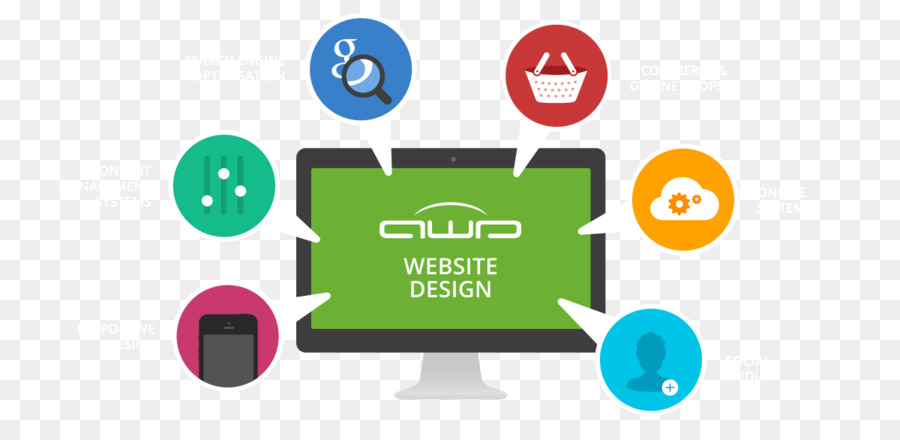Site Layout Essentials: Tips For Structure A User-Friendly Site
Site Layout Essentials: Tips For Structure A User-Friendly Site
Blog Article
Authored By-Crews Bak
When it pertains to site design, ensuring user-friendliness is essential. From receptive layout to streamlined navigating, every component plays a critical function in producing a website that deals with your target market's demands. Yet what about the finer information that can make or break a customer's browsing experience? Stay tuned as we discover some often-overlooked ideas that can elevate your website's usability to the next degree, making it really stand apart in the digital landscape.
Importance of Responsive Design
Receptive design is a crucial element of contemporary internet site development. Guaranteeing your site is receptive ways that it can adjust to various screen dimensions and devices, supplying a seamless experience for customers.
With the enhancing use of mobile phones and tablet computers to access the web, having a responsive layout is important for reaching a broader audience. It assists in improving individual experience by making your site easy to browse and continue reading any type of device.
Additionally, simply click the following internet page can favorably affect your internet search engine positions, as search engines like Google prioritize mobile-friendly web sites. By having a responsive design, you're also future-proofing your website, as new devices with differing display sizes continue to arise.
Simplify Navigating Structure
To boost individual experience and facilitate very easy accessibility to information on your internet site, streamlining the navigation framework is paramount. When developing your website, concentrate on developing a clear and intuitive navigation menu that assists visitors find what they're looking for rapidly.
Limit the variety of menu products to the essentials, grouping related web pages together to avoid frustrating customers. Use descriptive labels that plainly suggest the content of each page, making it much easier for users to understand where each link will take them.
Take into consideration implementing dropdown menus for subcategories to avoid cluttering the major navigating bar. Additionally, consist of a search bar prominently on the web page for users who favor looking for particular information.
simply click the up coming internet page on mobile responsiveness in your navigation layout to ensure easy gain access to on all devices.
Maximize Page Tons Speed
Improving web page lots speed is crucial for keeping visitors on your site. Slow-loading web pages irritate individuals and can lead to high bounce prices. To enhance page tons speed, begin by maximizing photos. Compress images without jeopardizing quality to lower their documents sizes.
Additionally, make it possible for internet browser caching to keep frequently accessed sources in your area, speeding up tons times for returning site visitors. Minify CSS, JavaScript, and HTML data by eliminating unneeded personalities, remarks, and formatting, enhancing tons rate.
Think about utilizing a material distribution network (CDN) to disperse your website's content throughout numerous servers worldwide, minimizing latency for individuals accessing your site from various locations. Last but not least, restrict making use of third-party manuscripts and plugins, as they can dramatically influence lots times.
Conclusion
To conclude, by incorporating responsive layout, simplifying navigation, and enhancing page tons rate, you can produce a straightforward internet site that interest a wider audience and boosts individual experience. These essential elements make sure that visitors can conveniently gain access to and browse your website across various tools, resulting in increased interaction and satisfaction. By concentrating on these key aspects, you can construct a successful website that maintains customers coming back for more.
